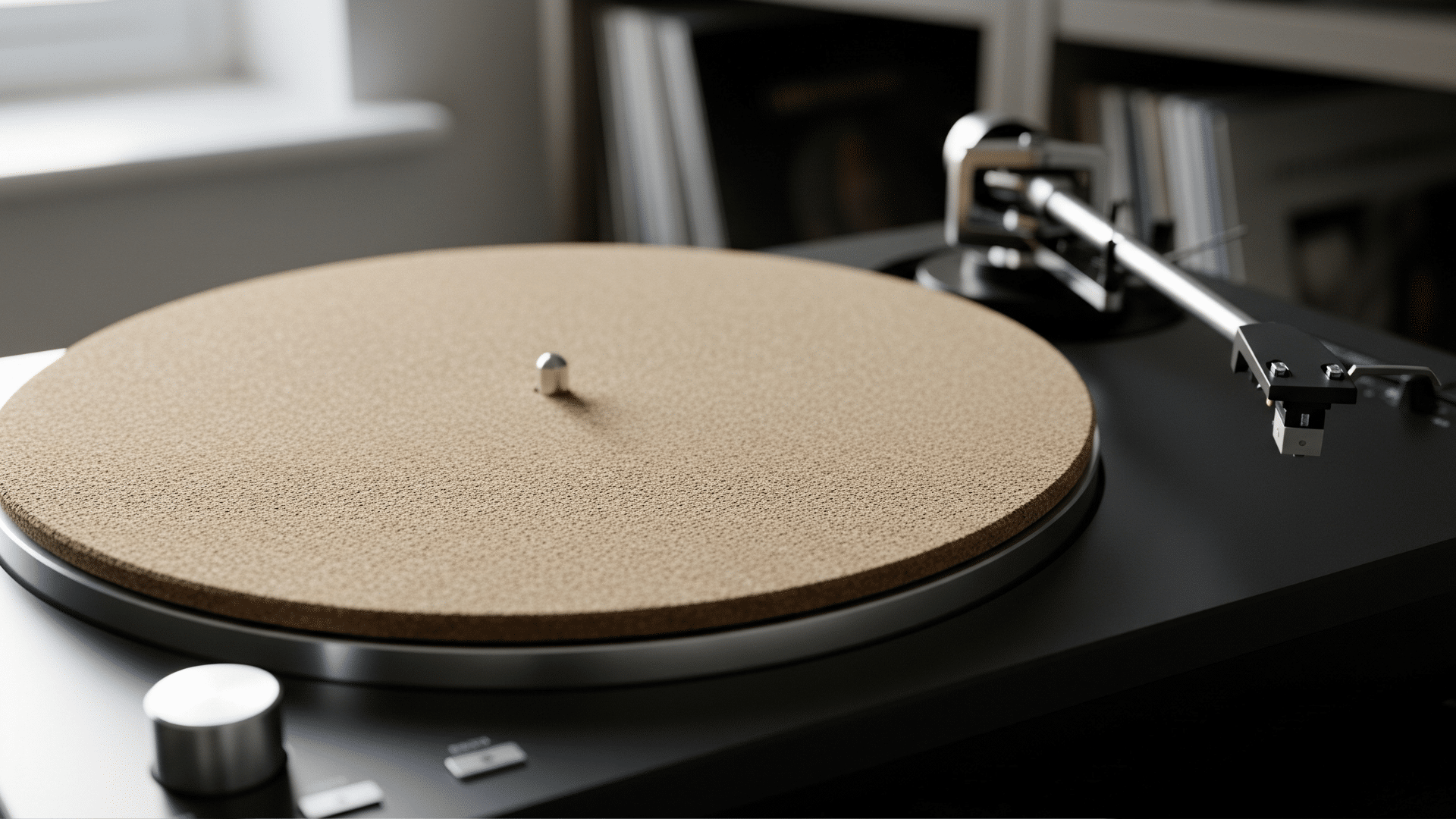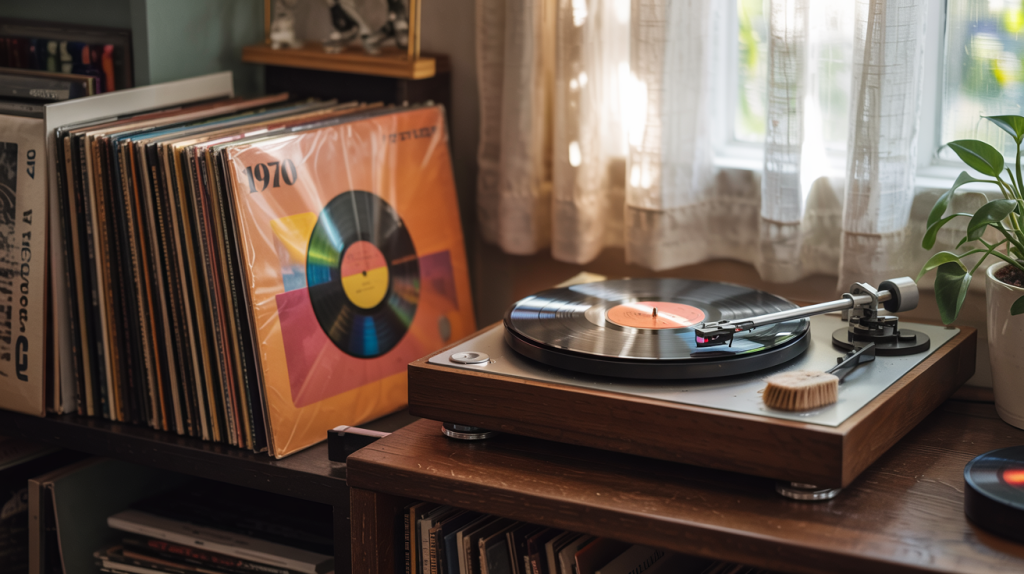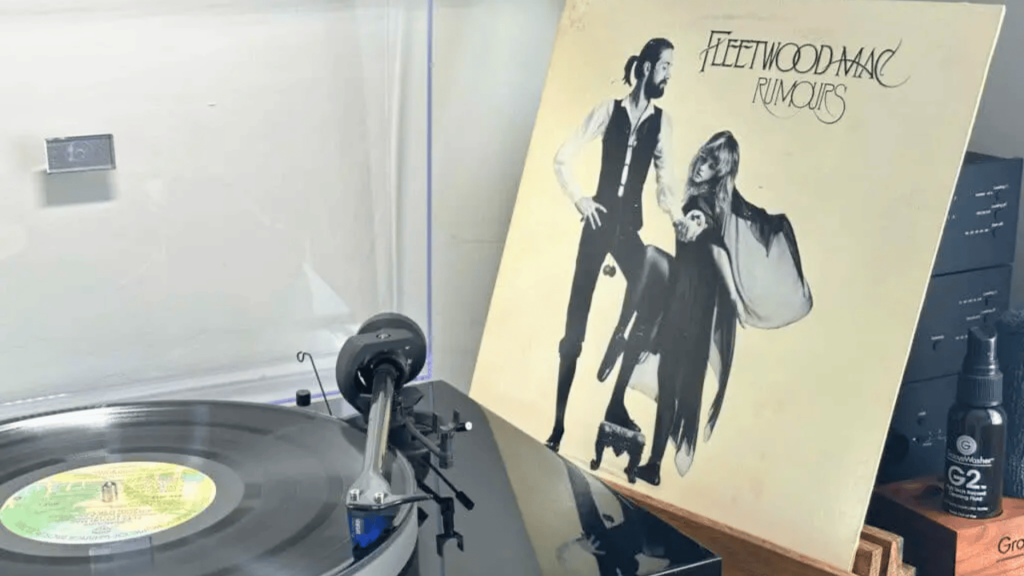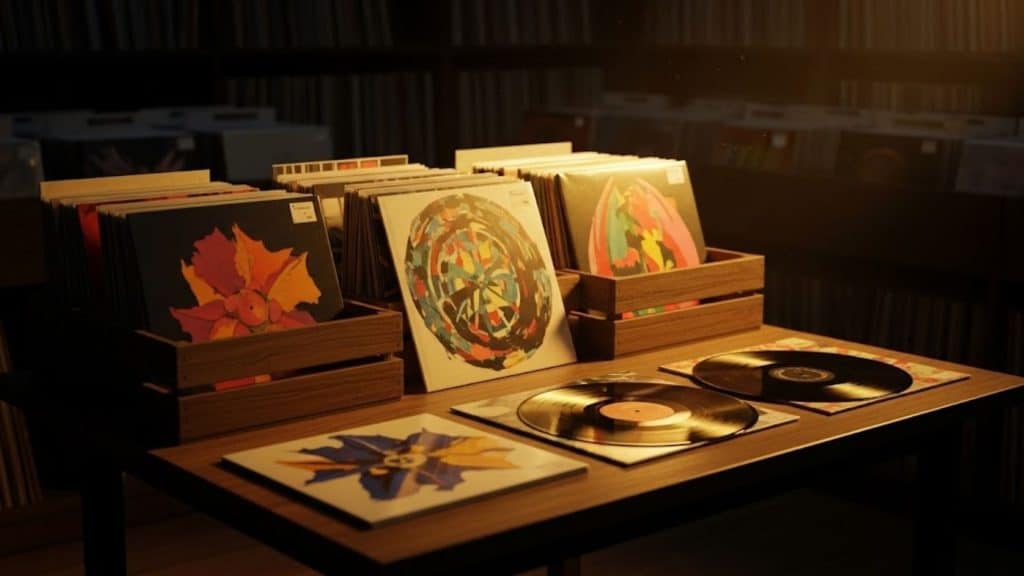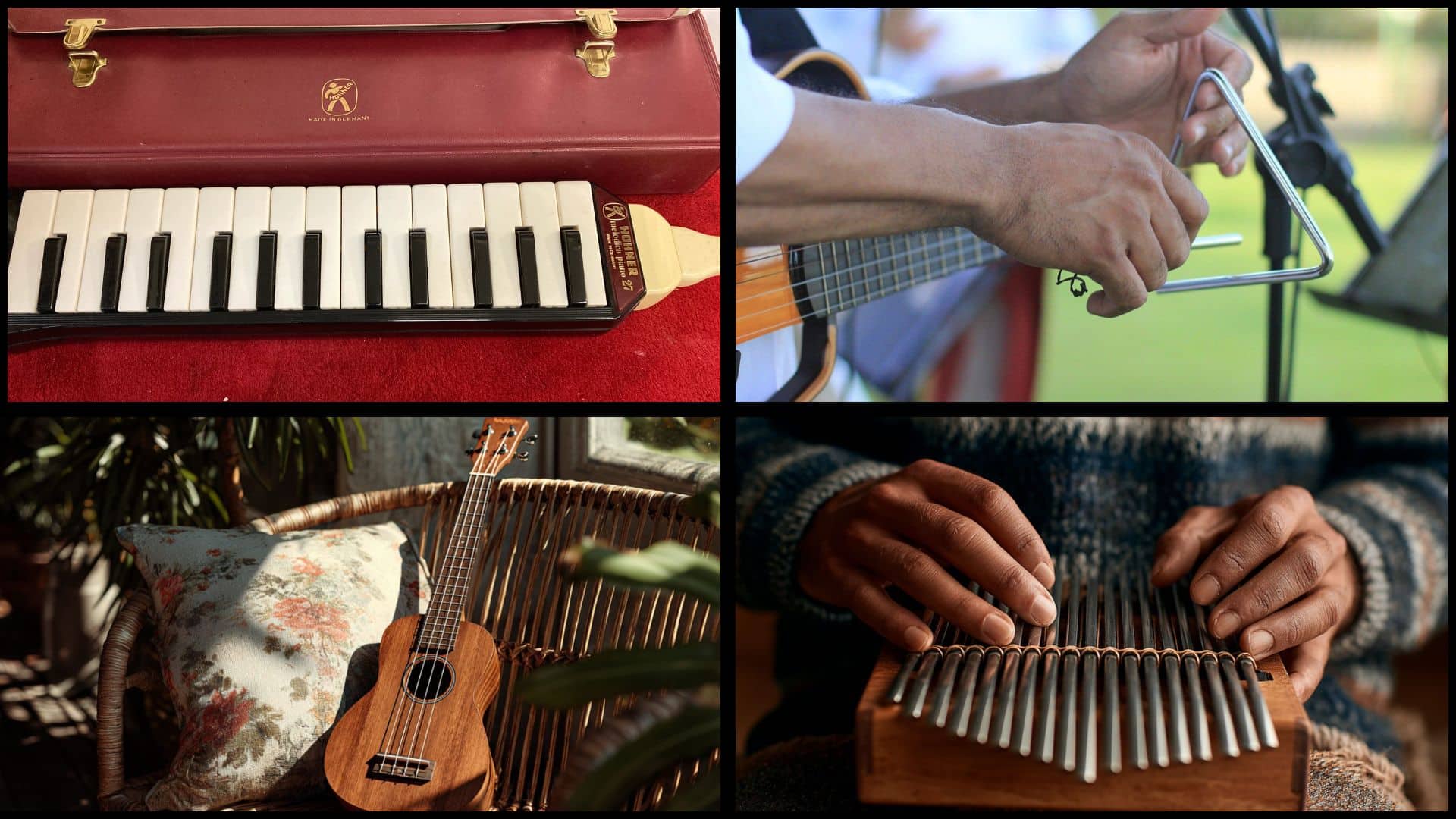Ever wonder why some turntables have those soft mats under the records? If you’re new to vinyl or just picked up your first player, you’re probably asking: What is a slipmat, and do you even need one?
This guide breaks it down in plain terms. You’ll learn how slipmats work, what they do for sound, and which type fits your setup. I’ll also walk you through how to use one, clean it, and avoid damage.
By the end, you’ll know if a slipmat makes sense for you or if you’re better off with a standard mat. Let’s get started.
What is a Slipmat and Why Does It Matter
A slipmat is a lightweight mat that sits between your record and the turntable platter. Its main job is to let the vinyl spin freely without slowing down the motor, which is important if you want to scratch, pause, or cue tracks like a DJ.
Unlike standard rubber mats that grip the record firmly for steady playback, slipmats reduce friction so you can move the record by hand without resistance. This also helps prevent scuffs and wear over time.
If you’re into casual listening, a rubber mat might work better. But if you’re mixing, back-cueing, or just want more control while playing, a slipmat is the better choice for your setup.
Types of Slipmats and What They’re Good For
Different slipmats offer different levels of friction, sound control, and grip. Pick one based on how you play and what you hear.
1. Felt
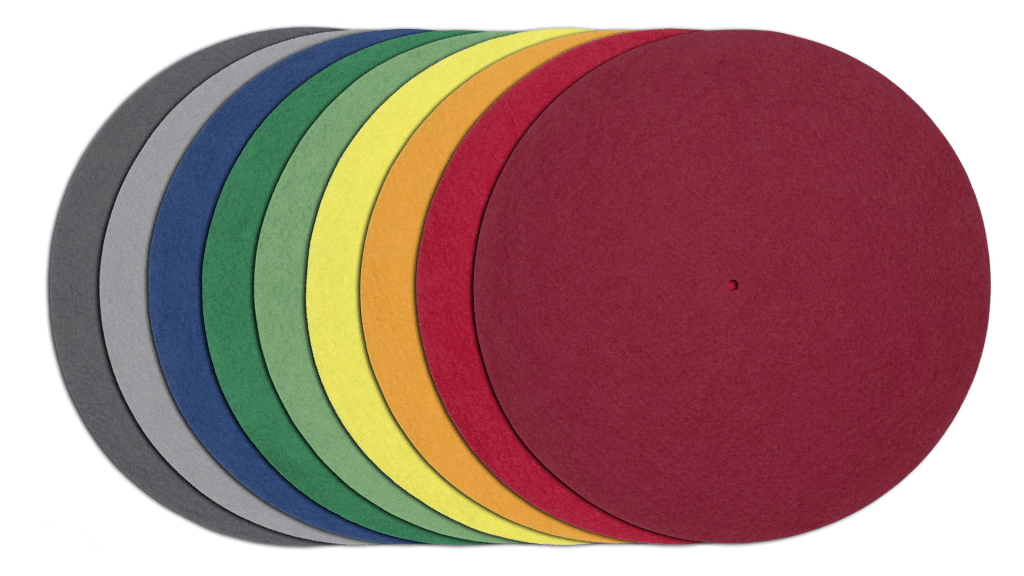
Felt slipmats are soft, lightweight, and slide easily over the turntable platter. They’re perfect for DJs who need to scratch, back-cue, or spin quickly without harming the motor.
Because they have very little grip, they allow the record to move smoothly while the platter keeps spinning underneath. Felt is affordable and widely available in fun, customizable designs.
2. Cork
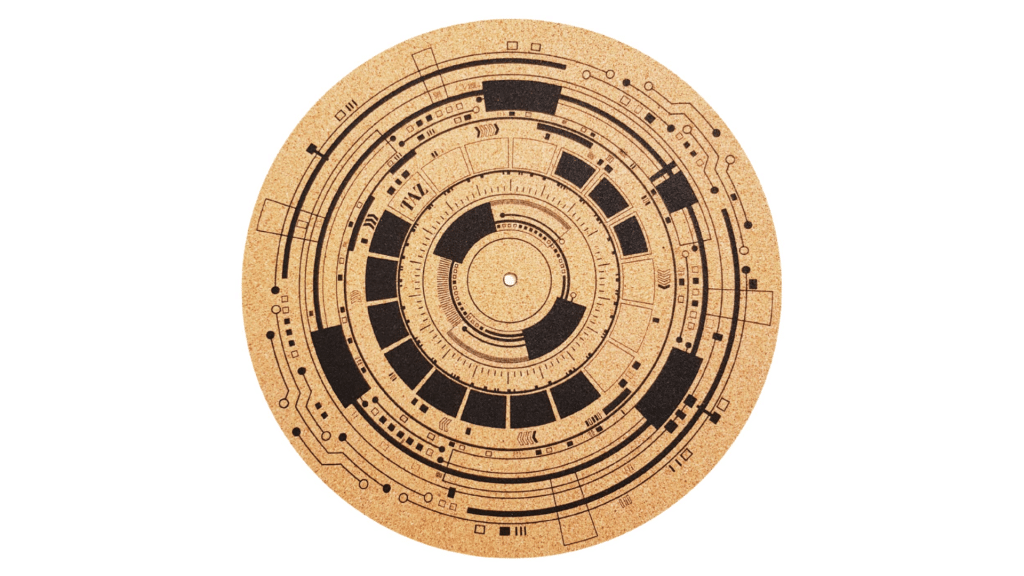
Cork slipmats add a bit more grip than felt, but they’re great at absorbing vibrations and cutting down on static. This makes them a popular choice for hi-fi listening.
If you want a cleaner sound and a tighter connection between your record and platter, without full grip, cork is a solid pick. It’s not ideal for scratching, but it helps reduce rumble and resonance during playback.
3. Rubber

Rubber slipmats are thicker, heavier, and grip the record tightly. They’re best for casual or hi-fi listening, where you don’t want any slippage. These mats help keep the record in place and reduce unwanted movement.
While they’re not suitable for DJ-style manipulation, they’re great for stable playback and reducing surface noise caused by minor record warps.
4. Synthetic or Acrylic
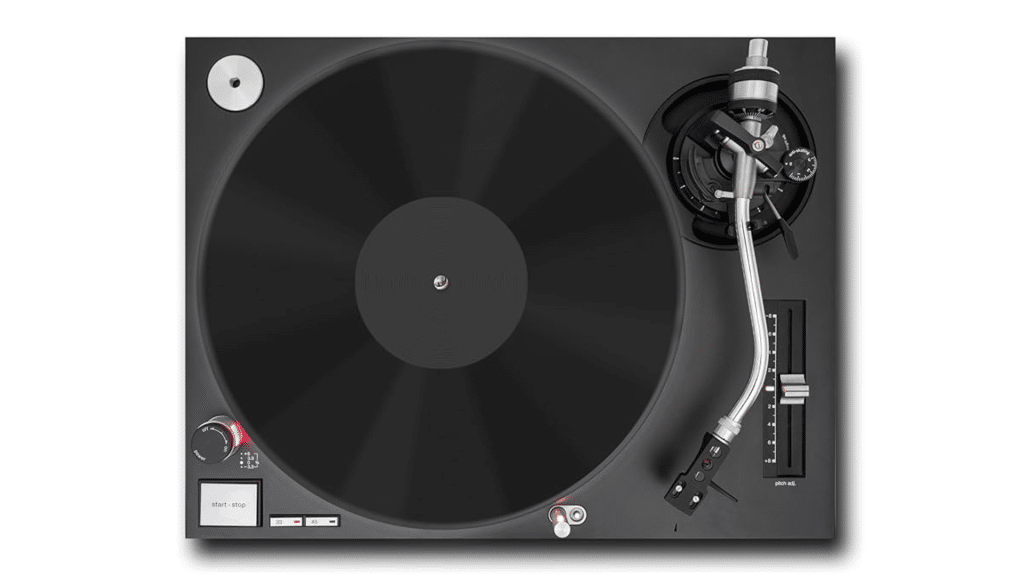
These slipmats combine features from other types, offering moderate grip, low static, and good durability. Some are made from plastic blends, while others are designed to mimic cork or felt.
They’re often chosen by listeners who want a balance between DJ-friendly control and sound quality. Acrylic versions also work well with clear platters and modern setups, depending on the turntable type.
How Slipmats Impact Sound and Playback Quality
Slipmats do more than reduce friction. The material you choose can shape how your vinyl sounds and stays clean during play.
Static and Dust Control
Some slipmats, like cork or synthetic blends, help cut down on static buildup that can attract dust to your vinyl. Less static means cleaner records and fewer pops or crackles when playing music.
Felt mats tend to hold more dust, while cork and anti-static blends keep surfaces clearer. A good mat can reduce noise and make your records last longer.
Resonance and Tone Quality
The right slipmat can lower unwanted vibrations during playback. Cork and rubber mats are especially good at dampening resonance, which improves clarity and reduces low-end muddiness.
Felt mats don’t absorb as much vibration but are lighter for DJ control. In basic tests, cork tends to deliver a tighter, warmer sound than felt, especially in bass-heavy or acoustic tracks. It’s all about what suits your ear.
How to Use a Slipmat the Right Way
Using a slipmat correctly helps protect your records and keeps your turntable working as it should. Here’s what to do:
- Place it directly on the turntable platter: Don’t stack it over another mat. Lay the slipmat flat on the bare platter before placing your vinyl on top.
- Use only one mat at a time: Never combine a slipmat with a rubber or cork mat. Stick to one to avoid height issues or sound distortion.
- Match it to your platter type: If your turntable has an acrylic or glass platter, check if it’s designed to be used without a mat before adding one.
- Watch for static buildup: Clean your slipmat regularly to prevent static, which can attract dust and cause audio interference during playback.
- Avoid liquids when cleaning: Shake off dust or gently brush the mat. Avoid using water, sprays, or cleaners that might damage the material.
- Check for wear or damage: If the mat is fraying or uneven, it’s time to replace it to avoid uneven spinning or record wobble.
Choosing the Right Slipmat for You
The best slipmat depends on how you listen and what kind of turntable you have. DJs should stick with felt for smooth movement and easy control.
Audiophiles often prefer cork or acrylic for better sound and less vibration. Casual listeners can go with rubber or cork for steady playback. Check if your turntable has an acrylic or glass platter; some work better without any mat.
Finally, think about design. If your setup has a transparent or light-colored platter, a simple, clean-looking mat can keep your gear looking neat and well-matched.
Slipmat Buyer’s Guide to Help You Shop Smart
If you’re thinking of getting a slipmat, here’s a quick guide to help you choose the right one without feeling overwhelmed.
What to Look For
Start by checking the thickness; a thinner mat works better for DJing, while thicker ones help with sound control. Look for anti-static features if you want less dust and cleaner playback.
Make sure the mat is compatible with your turntable’s platter size and type. A good fit prevents slipping, wobbling, or sound distortion during play.
Top-Rated Slipmat Materials
Each material offers something different. Felt is great for DJ use because it’s light and smooth. Cork is better for reducing vibration and works well for focused listening.
Rubber has a firm grip but isn’t ideal for manual control. Some newer blends combine features like static resistance and mild grip for flexible use. Pick based on how you use your turntable most.
Where to Buy
Start with trusted music retailers, both online and in-store. Sites like Pro-Ject, Audio-Technica, or Amazon carry reliable options. Local vinyl shops often stock higher-quality slipmats, too.
Be cautious with bulk listings or unbranded mats; they might wear out fast or harm your records. Look for user reviews and material details before you buy. A good mat should last and protect your collection.
Conclusion
Now you know the answer to what a slipmat is and why it matters for your turntable setup. If you’re spinning for fun or digging into sound quality, the right mat can make a difference.
You’ve seen how materials like felt, cork, or rubber change the way your records play, and you’ve got clear steps on how to use and care for one.
If you’re still unsure which mat is right for you, try one that fits your style and see what sounds best. Want more help with turntable gear? Check out the rest of the blog, you might find something else useful.

